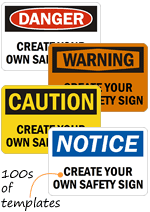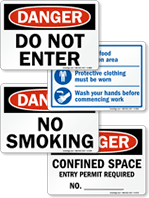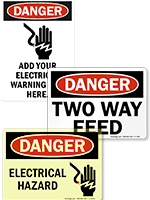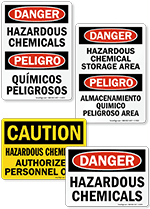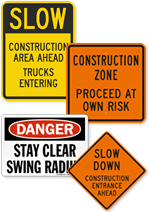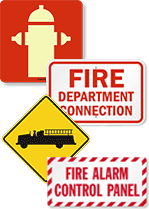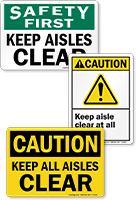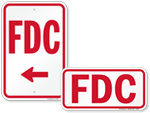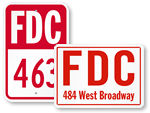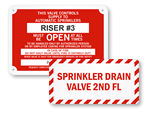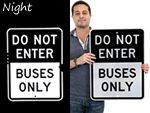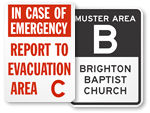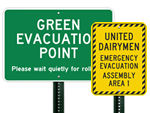A.
IBC [Section 912.2.2] requires an FDC sign to mark the fire department connection that is not visible to the approaching fire apparatus. Signs shall be subject to the approval of the fire code official. These are the requirements for FDC signs -
Mounting: The sign must be mounted on the street side of the building.
Letter Height: The letter height of the letters “FDC” shall at least be 6 inches. Other words shall at least be 2 inches in height.
Arrow: FDC Signs with arrows are required to indicate the location of the fire department connection.
Another requirement is mentioned in IBC [Section 912.5]. It states that a metal sign with raised letters not less than 1 inch shall be mounted on all FDCs connected to automatic sprinklers, standpipes, or fire pump connections. The sign shall read AUTOMATIC SPRINKLERS or STANDPIPES or TEST CONNECTION or a combination of thereof.
The standard also clearly states that "where the fire department connection does not serve the entire building, a sign shall be provided indicating the portions of the building served."

